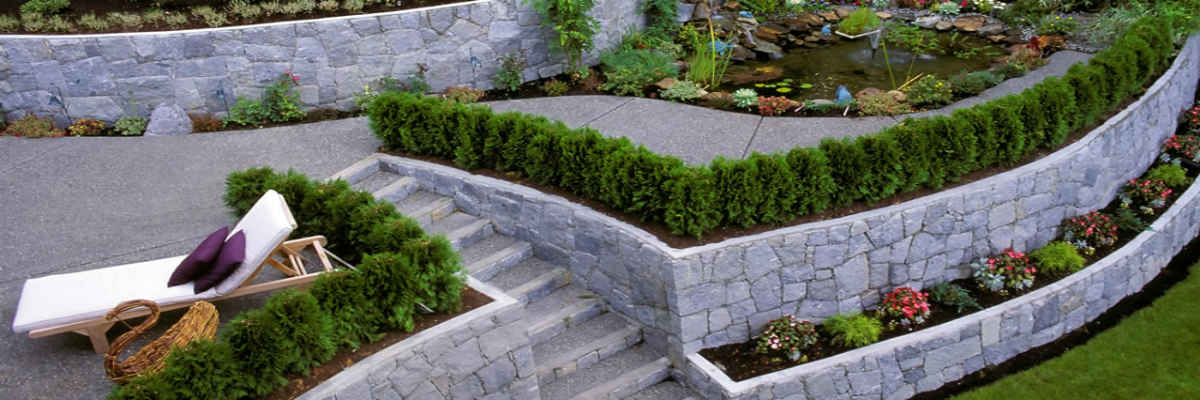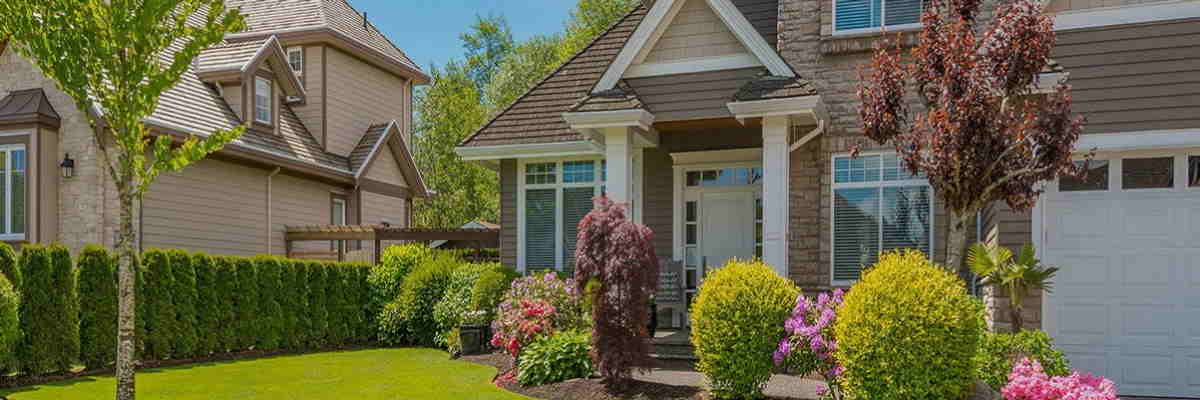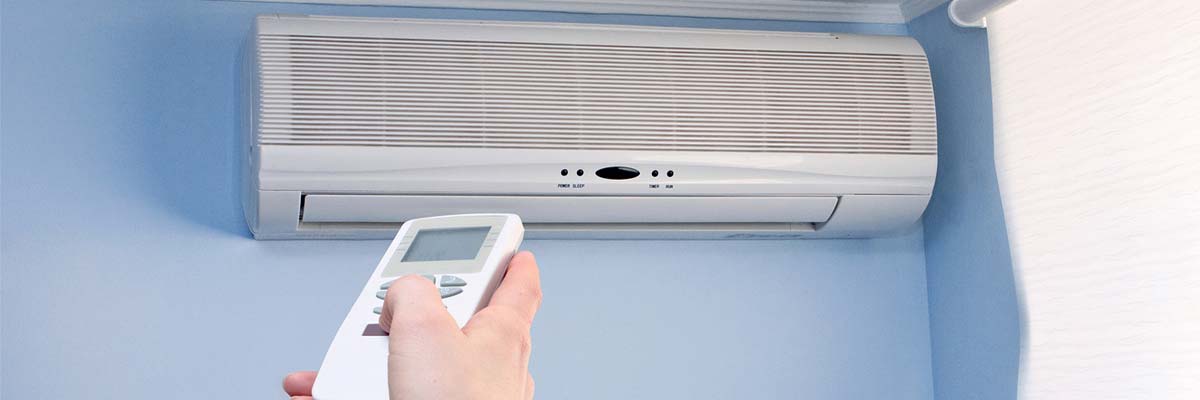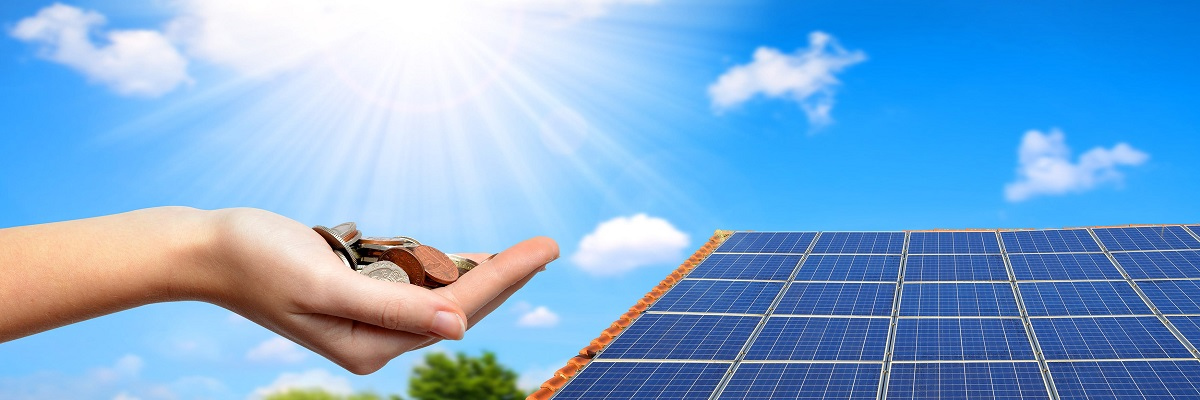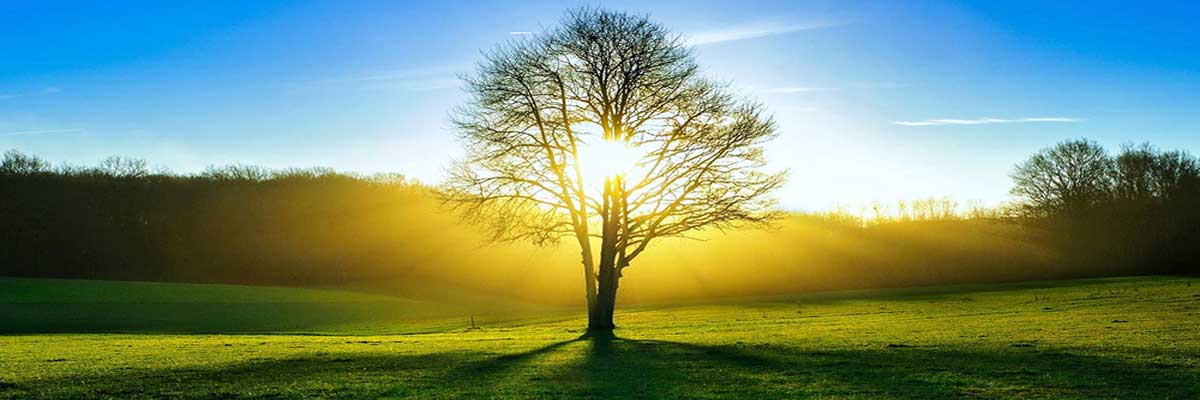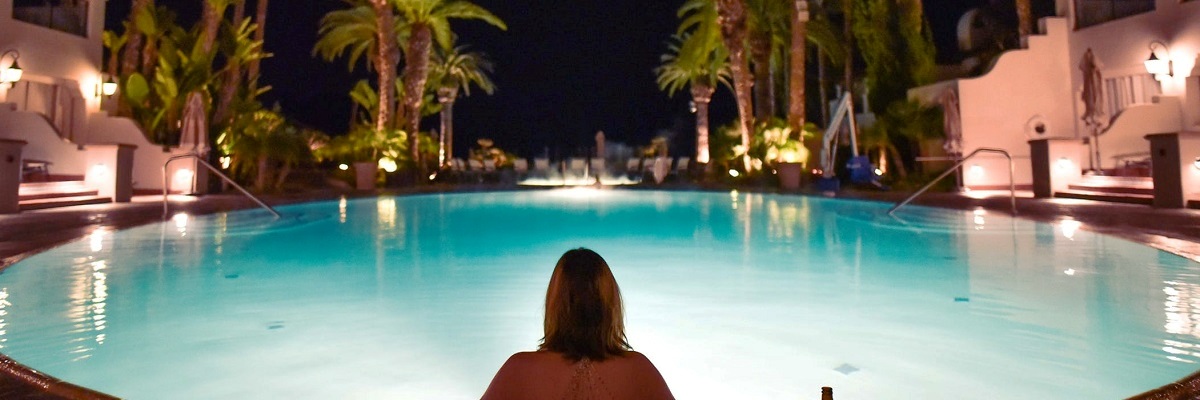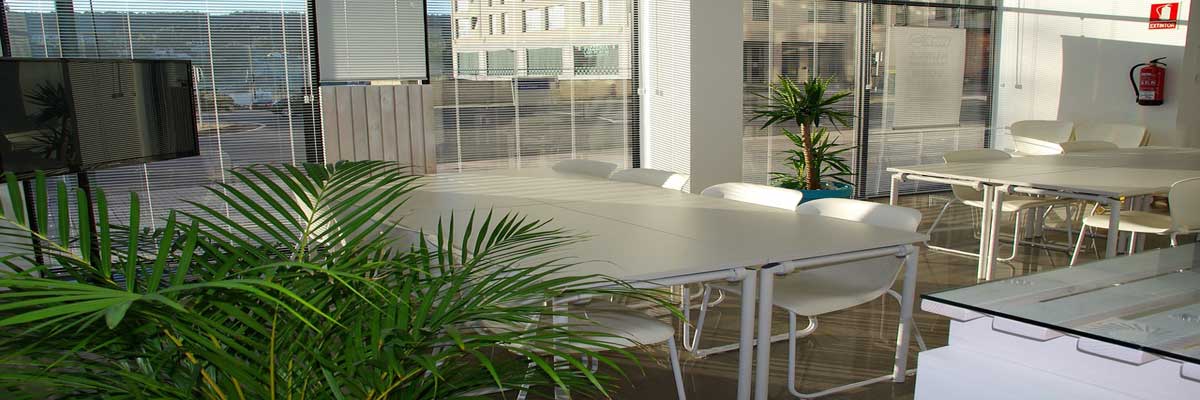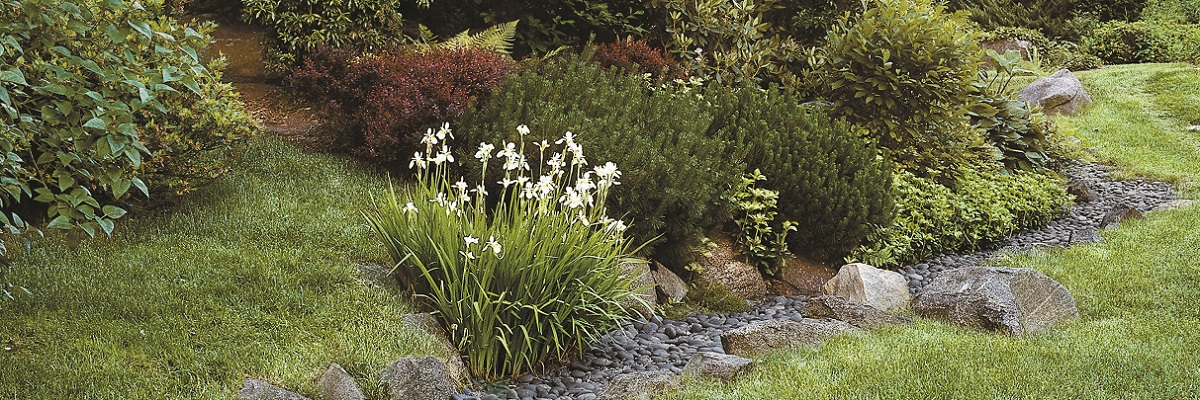Eco-friendly paint options for a healthier home
These days, lots of people are trying to cut back on toxins at home. Whether you’re planning to sell, or just want to freshen up your walls without that awful chemical smell.
The thing is eco-friendly paint’s not just about being trendy. It’s about health for you and your family.
Reducing Environmental Impact: Water-Based vs Solvent-Based Line Marking Solutions
With my many years of experience in line marking in Western Australia, I have had plenty of conversations about water-based and solvent-based options.
As the owner of Delination Line Marking, I have seen for myself how these competing applications perform in our harsh Australian climate, from busy warehouses to exposed car parks.
My Experience with Both Systems
Working on various projects, from the Pinnaroo Valley Memorial Park to industrial sites like the CBH Grain Terminal, I have gained practical insights into how these different marking solutions perform. Allow me to share what I have learned from their real-world applications.
The Ultimate Guide to Reducing Water Waste in Your Home
I’m John of Plumb It Right. I have been a plumber for over 38 years. After all those years working around Perth, I have realised that even minor changes can lead to significant impact in terms of water conservation.
So, if you’re planning to lower down your bill, minimise water waste, or perhaps, you just want to contribute to the environment, then here’s your guide.
Below, I’ll list down some simple and cost-effective ways to reduce water waste in your home.
- Immediately Fix Leaks
You might think that a tap that’s dripping is no big deal.
But over time, these drips will accumulate, and you’ll end up wasting thousands of litres of water!
I have personally encountered houses that are losing a lot of money by simply ignoring these minor issues.
7 Ways Homeowners Can Use Landscaping To Boost Their Green Credentials
Some people might think that by simply having landscaping as the core element of their garden they are doing ‘their bit’ to support green issues and to protect the environment. The simple fact is that many of them will not be. We are not suggesting that they are deliberately setting out to increase their carbon footprint and to pollute the environment, but rather that merely having landscaping is not enough in itself.
In fact, there are some types of landscaping and some features that homeowners might insist upon being included in their new garden by their landscapers that, rather than helping the environment, do the complete opposite. Simple examples include lighting that is powered directly by the property’s electricity supply, water features that use water directly from the property’s water supply, and also using manufactured gardening products such as synthetic fertiliser.
These three are a minute proportion of the surprisingly large number of ways residents of New South Wales inadvertently and unknowingly make environmental matters worse rather than better. Thankfully, there are plenty of ways that New South Wales’s homeowners CAN use landscaping to boost their green credentials, and to prove that statement, here are seven of them.
Water Conservation Strategies Transforming Australian Mine Sites
G’day, folks! Pull up a chair and grab a cold one, because we’re about to dive into a topic that’s as crucial to Australian mining as a good pair of steel-cap boots – water conservation. In a country that’s drier than a dead dingo’s dinner, how our mining companies manage water is becoming as important as the minerals they dig up.
Now, I know what you’re thinking. “Water conservation in mining? Isn’t that like trying to keep a Great White as a pet?” But hold your horses, because the clever cookies in our mining industry are pulling off some pretty impressive tricks when it comes to saving our precious H2O.
From the parched plains of the Pilbara to the tropical top end, Australian mine sites are transforming faster than a bluey changing colors. So, let’s take a gander at how they’re turning the tide on water waste.
- Cutting-Edge Water Treatment: From Mucky to Crystal Clear
Let’s kick things off with something that used to be a real headache for mining operations – what to do with all that dirty water. These days, mine sites are turning into water treatment wizards, making murky mine water cleaner than a whistle.
I visited a coal mine in the Hunter Valley where they’ve set up a water treatment plant that looks like something out of a sci-fi flick. Massive tanks, whizzing pumps, and more pipes than you can poke a stick at. The site’s environmental manager, Shazza, couldn’t stop grinning as she showed me around.
“See this?” she said, holding up a glass of water that looked clearer than Sydney Harbour on a good day. “This came out of our tailings dam this morning. Now it’s clean enough to put back in the local creek system. We’re not just saving water, we’re helping the local ecosystem too.”
But it’s not just about cleaning up dirty water. These treatment plants are allowing mines to recycle and reuse water in ways they never could before. I chatted with Bob, a process engineer at a gold mine in WA. He chuckled as he explained their system. “We used to need fresh water for everything,” he said. “Now we’re using treated mine water for dust suppression, ore processing, even for the staff showers. Though we had to convince a few of the boys it wouldn’t turn them green!”
One company really leading the charge in water treatment is Rio Tinto. At their Oyu Tolgoi copper-gold mine in Mongolia (I know, not Australia, but bear with me), they’ve built a state-of-the-art water recycling plant that recovers 85% of the water from the tailings thickeners. That’s billions of litres of water saved each year!
- Smart Water Management Systems: Every Drop Counts
Now, let’s talk about something that’s got the tech heads as excited as a kid in a lolly shop – smart water management systems. These clever bits of kit are helping mines track and manage their water use with pinpoint accuracy.
I popped into an iron ore mine in the Pilbara where they’ve installed a system that would make any water-wise gardener green with envy. Sensors, meters, and gauges everywhere, all feeding data back to a central control room. It was like mission control for H2O.
The water systems manager, Johnno, was like a proud parent showing off his kid’s first footy trophy. “This beauty can tell us exactly how much water we’re using, where it’s going, and where we might be wasting it,” he said. “We can spot a leaky pipe or an inefficient process quicker than you can say ‘dripping tap’.”
But it’s not just about tracking water use. These systems are helping mines optimize their water consumption in real-time. I had a yarn with Emma, a data analyst at a copper mine in South Australia. She explained how their system works. “It’s like having a thousand pairs of eyes watching every drop,” she said. “If we see we’re using more water than usual in one area, we can adjust on the fly. We’ve cut our water consumption by 30% since we installed it.”
One company that’s really embracing smart water management is BHP. They’ve implemented a Water Accounting Framework across all their operations, allowing them to track and report on water use with unprecedented accuracy. I chatted with Tom, one of the engineers working on the project. He grinned as he told me, “It’s like having a water budget for the whole operation. We know exactly what’s coming in, what’s going out, and where every drop is being used.”
- Dry Processing Techniques: Who Needs Water Anyway?
Alright, now let’s talk about something that’s really shaking things up – dry processing techniques. These clever methods are allowing some mines to drastically reduce their water use, or in some cases, eliminate it altogether!
I visited an iron ore mine in the Pilbara where they’ve implemented a dry processing system for their lower grade ore. It was like watching a giant game of snakes and ladders, with conveyor belts zigzagging everywhere and massive crushers and screeners doing their thing. Not a drop of water in sight!
The site manager, Dave, was practically bouncing with excitement as he showed me around. “This system has cut our water use by 40%,” he said. “Plus, it’s cheaper to run and produces less waste. It’s a win-win-win situation!”
But it’s not just iron ore. Mines are finding ways to reduce water use in all sorts of processing operations. I saw a copper mine in Queensland that’s using air jigs instead of wet jigs for ore separation. The process engineer, Sarah, chuckled as she explained it to me. “It’s like a giant air hockey table,” she said. “The air flow separates the ore based on density. No water needed!”
One company that’s really pushing the boundaries with dry processing is Rio Tinto. They’ve developed a waterless ore processing method called “RT360” that uses air and gravity to sort ore. I had a chat with Lisa, one of the engineers who worked on the project. She grinned as she told me about it. “It’s not just about saving water,” she said. “It’s opening up possibilities to mine in areas where water is scarce or where wet processing isn’t feasible. It’s a game-changer.”
- Water-Efficient Equipment: Every Little Bit Helps
Now, let’s talk about the unsung heroes of water conservation – the equipment on the ground. From drill rigs to haul trucks, mining gear is getting a water-wise makeover.
I visited a gold mine in Victoria where they’ve replaced their old dust suppression systems with high-pressure misting cannons. It was like watching a bunch of giant Super Soakers in action, but instead of drenching everything in sight, they were creating a fine mist that settled the dust without wasting a drop.
The site’s environmental officer, Bluey, couldn’t stop grinning as he showed me the system. “These beauties use 70% less water than our old sprinklers,” he said. “And they do a better job too. The dust doesn’t stand a chance!”
But it’s not just about dust suppression. I saw a coal mine in Queensland that’s using vacuum filtration instead of centrifuges to dewater their coal. The process engineer, Mike, explained it to me. “It’s like a giant coffee filter,” he said. “But instead of giving you a cuppa, it gives you dry coal and clean water we can reuse. We’ve cut our water use by 50% in that part of the process.”
One company that’s really leading the charge in water-efficient equipment is Fortescue Metals Group. They’ve implemented a whole suite of water-saving technologies across their operations, from high-efficiency washers to water-recycling truck wash facilities. I had a yarn with Emma, one of their environmental scientists. She laughed as she told me about their latest innovation. “We’ve even got water-efficient toilets in the site offices now,” she said. “Every drop counts, even in the dunny!”
- Tailings Management: Turning Waste into Water Savings
Alright, let’s dive into something that used to be the bane of every mine manager’s existence – tailings management. These days, it’s becoming a hotbed of water-saving innovation.
I popped into a copper mine in South Australia where they’ve implemented a dry-stack tailings system. Instead of the traditional slurry ponds, they’re squeezing the water out of their tailings and stacking them up like a giant sandcastle. It was like watching the world’s biggest sand art competition!
The tailings manager, Shazza, was beaming with pride as she showed me around. “This system recovers 95% of the water from our tailings,” she said. “That’s millions of litres we can reuse in our operations. Plus, it’s safer and takes up less space than a traditional tailings dam.”
But it’s not just about dry stacking. I saw a gold mine in WA that’s using paste thickening to reduce the water content in their tailings. The process engineer, Tom, explained it to me. “It’s like making a really thick milkshake,” he said. “We thicken the tailings until they’re almost solid. Less water in the tailings means more water we can reuse.”
One company that’s really pushing the envelope with tailings management is Newcrest Mining. At their Cadia operation in NSW, they’re using a deep cone thickener system that recovers up to 85% of the water from tailings. I chatted with Sarah, one of the environmental scientists working on the project. She grinned as she told me about it. “It’s not just about water savings,” she said. “It’s making our whole operation more sustainable. Less water use means less impact on local water resources, which is good for everyone.”
- Stormwater Harvesting: Making the Most of Every Downpour
Now, let’s talk about something that’s as Aussie as a kangaroo in a ute – making the most of what little rain we get. Mining companies are getting seriously clever when it comes to harvesting stormwater.
I visited an open-cut coal mine in central Queensland where they’ve turned their entire site into one big rainwater collection system. Every slope, every road, every flat surface is designed to channel water into massive storage dams. It was like looking at a giant plumbing diagram come to life.
The site’s water manager, Jack, was grinning like a Cheshire cat as he showed me their setup. “Last wet season, we collected enough water to run our operations for six months,” he said. “It’s like money falling from the sky!”
But it’s not just about collecting the water. These systems are designed to clean the runoff as it goes, so it can be used in operations without additional treatment. I saw a bauxite mine in the Northern Territory that’s using a series of reed beds and settling ponds to naturally filter their stormwater. The environmental officer, Emma, chuckled as she explained it to me. “It’s like having a giant Brita filter for the whole mine,” she said. “Mother Nature does all the hard work for us.”
One company that’s really making waves with stormwater harvesting is South32. At their Worsley Alumina operation in WA, they’ve implemented a comprehensive water management system that includes extensive stormwater harvesting. I had a yarn with Tom, one of the engineers on the project. He beamed as he told me about their latest innovation. “We’ve even got sensors that predict rainfall and automatically adjust our collection systems,” he said. “It’s like having a crystal ball for water management!”
Wrapping It Up
So there you have it, folks – a whirlwind tour of how water conservation strategies are transforming Australian mine sites. From high-tech water treatment plants to smart management systems, from dry processing techniques to innovative tailings management, our miners are turning the tide on water waste.
Now, I won’t beat around the bush – this transition hasn’t been easy. It’s taken years of research, hefty investments, and more than a few failed experiments. But the results speak for themselves. Mines that once guzzled water like a camel at an oasis are now sipping it like fine wine.
And let’s not forget the bigger picture. In a country as dry as ours, every drop saved in a mine is a drop that can be used elsewhere. It’s about being good neighbors, good stewards of the land, and just plain smart about how we use our resources.
I’ve been kicking around mine sites since before some of you were in nappies, and I’ve got to say – the changes I’ve seen in water management are nothing short of remarkable. It’s like watching a mob of kangaroos learn to swim… and then build a water park!
So next time someone tries to tell you that mining and water conservation don’t mix, you can tell them they’re a few stubbies short of a six-pack. The water conservation revolution in Australian mining is real, it’s happening now, and it’s reshaping our industry for the better.
And who knows? With the rate things are going, the mines of the future might be so water-efficient, you could run them in the middle of the Simpson Desert. Well, maybe that’s stretching it a bit – but in this Great Southern Land of ours, where the drought and flooding rains have shaped our history, our miners are writing a new chapter in water wisdom. And that’s something we can all raise a glass to… of recycled mine water, of course!
The Benefits of Using Biodegradable Dental Materials
Truly dental practices release a lot of waste. Most of this waste is not environmentally friendly.
However, in recent times, there has been increased awareness concerning climate change as well as environmental pollution and this has paved the way to an increased need for eco-friendly dentistry.
One way to approach this, which is becoming more popular each day, is by using biodegradable dental materials. This will reduce the impact to the environment by your practice as a dentist in a large way. This will also attract environmentally-conscious patients.
Incorporating biodegradable products is an easy and effective step Dental O So Gentle takes towards sustainable dentistry. However, some people may struggle to understand the need of biodegradable dental materials.
Is it crucial? Are there any benefits to be derived? How do you develop and maintain an interest in this eco-friendly drive?
Fun Themes to Try in Your Landscape Design
If you’ve been thumbing through the pages of a home and landscape design magazine, you’ll quickly learn that there can be a lot more to the process than you might have first thought. While you can have a few ideas and designs in mind, the best landscape design is one with a theme. But what theme is going to work for you? Here are a few fun options to show your landscape expert before you begin.
An English Country Cottage
While many parts of Australia are far too hot to really pull off an English cottage look, some boast the perfect conditions. Talk to your local landscaping experts about the best flowers to offer premium ground cover and colour.
It also helps if you have the basis for that cottage appeal, such as a country-style home, rolling lawns, and shady trees. Your landscaper can then work their magic with a pond or waterfall renovation and dozens of beautiful cottage flowers to complete the look.
Cool, Calm, and Collected
If you want your garden to be a reflection of your ‘cool, calm, and collected’ personality, then maybe a touch of European in your landscape design is the answer. Europeans love their hedges to be meticulously pruned and maintained with straight lines and dense bush.
European yards also have spacious courtyards with minimal hassle or fuss, a feature fountain, and resting areas. Talk to your local landscaper to see what they can do for you.
4 Advantages of Landscape Design
When your yard is not as functional, beautiful, or practical as you hoped it would be, you’re likely thinking about improvements you can make. Some landscape design ideas you come up with might be an outdoor entertainment area, pathways, and improved lighting.
While these are all grand ideas achievable with the DIY spirit, that doesn’t mean you won’t benefit from expert advice and assistance from someone who makes a living from landscape design.
If you’re unsure about hiring the experts, the following advantages of landscape design may change your mind.
Year-Round Enjoyment
Intreeg Landscapes advises that many homeowners find that they can only use their yard at certain times of the year. The grass might be too muddy in winter, or there is not enough shelter from the elements. You might even struggle with bugs, which means you’re limited to use at certain times of the day.
When you hire someone with experience in landscape design, these can all be considerations. They can create functional spaces that look beautiful year-round while also being usable year-round, as well.
How to Get the Most Eco Friendly Air Con
These days with the constant use of air conditioning and heating, we may want to make sure we use the air con in an eco-friendly way. This not only helps to save our precious resources; it also saves on running costs and will preserve the life of your air conditioning unit. Most people consider keeping the filters clean sufficient, but there is much more you can do to help the planet that requires little effort.
- If you are getting a split system, ensure it’s an inverter. These have variable speeds, so rather than switching the compressor on and off constantly; they reduce its speed automatically to match demand. This results in less power use and less wear the tear on the compressor.
- Evaporative air conditioning are one of the most eco-friendly cooling options. They utilize a natural process and lack harmful artificial refrigerants. Additionally, they constantly circulate entirely fresh, cooled air within your home.
- Before purchasing an air con, ensure it is the right size. If you get one too big for the area to be cooled, it will constantly turn on and off, which costs more to run. If it is too small, you won’t be as cool, and the unit will always work harder to cool the area. This will make it wear out much more quickly.
- A licensed electrician and authorised air conditioner installer will know how to estimate your heat load and tell you what size unit would be best.
- Look at the energy rating labels on the air con before you choose what to get. The blue band is for cool air, and the red band is for heat. In some cases, there is another short band above the bottom one that also contains stars. If they are solid in this area, air con is super efficient. 7 to 10 stars is good for efficiency and so sustainability.
10 Innovative Uses Of Solar Energy In Your Home
Solar energy, including solar panels, has become a hot topic for good reasons. Not only is it a renewable energy source, but it also helps homeowners save money on their energy bills. With the rise of innovative technology and smart home automation, homeowners can use the solar energy they have saved from investing in a solar energy system from a professional solar panel company. In this blog post, we explore ten innovative uses of solar energy at home that can help save money and reduce your carbon footprint.
Solar Panels: This is the best-known and most popular choice for homeowners using solar energy to power their homes. They convert sunlight into electricity, which is then used to power your home. Solar panels are an excellent investment for homeowners who live in areas with plenty of sunlight, as they can help you save considerable money on your electricity bills over time.
Solar Water Heaters: Solar water heaters use the sun’s energy to heat water for your home. They are ideal for families that use a lot of hot water, as they can help reduce heating costs.
Solar-Powered Lights: Solar-powered lights are inexpensive and an excellent option for those who want to light up their outdoor spaces without using electricity from the grid. They work by absorbing sunlight during the day and then using that energy to power the lights at night.
How Green Home Improvements Can Save You Money
If you are looking for home improvements that will save you money in the long run, you can’t go past the ‘green’ or eco-friendly type.
Often these kinds of improvements are not even that expensive when compared to others such as upgrading the kitchen or bathroom.
So if you are not looking to hire a removal company just yet but are content to stay put, make your home cost-effective by considering to these suggestions.
- If you need to have lighting outside, solar lights can really help light up the way as well as spotlight your feature plants. Garden lights that have a little solar panel in the top are really inexpensive and add charm to the garden.
What To Look For In A Pair Of Sustainable Pair Of Western Boots
Some will buy a pair of leather western boots from kaderbootco.com.au and think of no more than whether they like the style and that the price seems good value for money. There is nothing wrong with that approach. However, if you are someone whose radar is tuned, not only to buy the best western boots at a reasonable price but also how the products you buy impact the environment, then your thought process when buying your western boots will be somewhat different.
It will be different because a factor in your buying decision will be the level to which any pair of western boots can be considered sustainable. In addition, there will be varying degrees by which people will measure sustainability, and they may even have contrasting definitions of what sustainability means.
For some, sustainability means that every element of a product has to be proven to be from an ethical source and that nothing used to make it can come from any living creature. At the other end of the scale will be those where the level of sustainability does not need to reach such heights and as long as they feel the manufacturing of the boots and the materials used come from sustainable and renewable sources, they are content.
Our intention here is not to specify which of these two approaches or any approach in between is the right one. If you are happy with your approach, then it is right for you, which is the important point. What we will do though is give you pointers as to what to look for, or to ask the retailer or brand selling the western boots, so that you can determine their sustainability credentials.
How are Pearls Made?
A pearl engagement ring may not be on the cards for you, but what about another piece of jewellery like a bracelet, earrings, or necklace? Pearls can be a beautiful focal point of any jewellery, while also being something that can suit any outfit you wear.
Still, have you ever been curious about how pearls are made? The following information may just surprise you.
The Three Pearl Types
You may not be aware, but there are three pearl types with three very different production processes. These consist of cultured, imitation, and natural. They come with different price tags based on how they form.
Natural pearls are, of course, formed naturally. We’ll go into more detail on this process below. You can also purchase a cultured pearl that has a little bit of human intervention into the “natural” process.
15 Tips for Saving the Environment
Whether you have a large business or a small one such as doing web design from home, sustainability is important. Not only does it help save the earth’s resources, it usually helps the bottom line of your business as well. Even if you can only implement one or two sustainable practices it all helps; if every business did the same the earth would soon become pristine again.
There are many green practices that can be implemented by small and large businesses alike. Here are some of them.
- Use natural light and ventilation wherever possible.
- Pop on a jumper before switching on the heater or air conditioner.
- Using an air-con takes less power than a radiant heater – so long as it’s a modern one
- Use scrap paper for note-taking. This is easier when you have a box or tray especially for waste paper. You might print out something you don’t need now or that had an error. Keep those sheets to use for scrap. You can write notes on the back of them
- When printing, use greyscale or toner save mode for in-house copy. Make sure recycled paper does not contain sensitive information.
5 Great Outdoor Lighting Ideas For Your Concrete Swimming Pool
One of the great things about having a concrete pool on your property is that you have an almost unlimited choice of how to design it and the surrounding area with your pool designers. Not only does it add value to your property but the way in which the aesthetics of your property can be enhanced by a concrete pool is incredible.
An option for enhancing it further is with the use of outdoor lighting, which can turn what might look like a pleasant and attractive pool area during the day, into a stunningly beautiful location at night. To get the wheels turning in your mind in terms of ideas, here are 5 of our favourite options for outdoor lighting for pools.
Underwater Lights
This is one of our favourites as nothing makes a pool more appealing for a swim at night than the lights that are underwater. Not only can they make a pool look stunning, especially if they are coloured lights, but they perform a more practical function in terms of making the pool safer. With the water lit from underneath it is easier to see that someone is in the pool especially if the surrounding light is not particularly bright.
Spotlights
These are great when you want specific features in and around the outside of your property to be highlighted at night. You may have a tree, certain flowers, or it could be some items of the garden and poolside furniture that you want to shine a light on. If you install some adjustable spotlights they can be positioned to shine on the pool when it is being used, and again the use of coloured lighting will enhance the atmosphere.
5 Ways to Go Green In Your Business
Going green in your business is not only important to help save resources, it often means a savings in costs that you didn’t expect. Since both these things are positive, there is really no reason for not making at least some changes towards sustainability, whether you run a small SEO business like SEO Perth or a coffee shop.
Here are 5 ways to go green in your business –
- Saving on water usage is easy.
- Install low-flow toilets
- Fix dripping taps or leaking cisterns
- Choose low-flow taps and shower heads.
- If you have an outdoor area to maintain, use drought tolerant plants and mulch to prevent soil drying out. Install irrigation with a sensor so water is not wasted.
- If you clean with a hose, use a high pressure washer because it will use less water
- Waste reduction in the office
- In the office kitchen use bulk supplies of condiments rather than single serves, which are way more expensive.
- Encourage employees to bring refillable water bottles and their own coffee mugs, instead of using bottled water and plastic mugs.
- Compost kitchen waste and offer it to local growers
- Consider warm air hand dryers if you want to go paperless
- Save documents digitally if possible.
Common Causes Of Landscaped Garden Flooding
There are not many things that cause more despair than looking out and seeing that your beautiful landscaping has been flooded. Whilst water is something that we should cherish, especially as it keeps us alive, it does take on a different persona when it is responsible for creating what can only be described as a soggy bog in your garden.
According to Sydney based landscapers www.divinelandscapes.com.au we always automatically assume that our landscaped garden gets flooded due to rain falling from above, and whilst that will normally the source, there are others which are below, and not above.
When we say below, what we mean is that there may be poor drainage in and around your garden, and this can occur for reasons that do not become apparent until the first time you have a prolonged spell of rain.
Examples of where flooding in your garden has causes under the ground include a neighbours drainage system diverting water to your garden, building work close by, normally in neighbours, causing water to be diverted, or it could be that the water table under your garden is simply too high.
Others causes can be that your property, including your garden, is built on ground which contains water-retentive clay, is built at a level lower than your neighbours, or is at or near the foot of a hill.
Now unless there has been a burst water main nearby, obviously, the original source of the water will likely be rain. The real problems start when this rainwater is not able to drain properly or is diverted in some way into your garden for the reasons we have cited, and thus causes the flooding in and around your landscaping.
Eco Friendly Ways to Use Your Computer
With billions of kilos of computer waste being generated every year, it is a good idea to ensure your computer usage, at least, is eco friendly. If you use your computer a lot, you might be into web design or digital marketing, but even if you just use it at home and not for a business, the computer has a high energy consumption rate. Using it in eco-friendly ways is good for the earth’s resources and suitable for your budget.
Here are some tips on how to save power with your computer.
- Make sure your monitor’s sleep feature is set to power down automatically when you are away from it for a while. Look for ‘Power Options’ in your control panel. While sleep mode still uses some energy, it can also save much.
- Ensure you turn your monitor off each night and when you will be away all day or for a few hours. This will save a great deal on power usage.
- Lower the display brightness. The brighter your monitor is, the more power is being used. Another advantage is that a dimmer light reduces eye strain.
- If you have an animated screen saver, turn it off. These were to protect the old monitors. Newer LCD or LED monitors don’t need this type of protection, and animated screensavers take up a lot of power, even if they are fun to watch.
Why Your Dental Clinic Could Be Harming The Environment
In recent years, every business, and every profession, including dentists, has had to do a ‘green audit’ on itself, and think seriously about how the way it operates impacts the environment. Long gone are the days when the only industries that were thought to be harming the environment were the big polluters. Now, even the smallest one-person business operating from home should be thinking of its green credentials.
Of course, dentists have also had to look at how they operate, and this has been an ongoing progress, both at an industry level, and at those levels where an individual dental clinic considers its day to day practices.
Now it might be the case that how your dental practice operates has not been measured against how green it should be. After all, a visit to the dentist for most patients is not something they would associate with harming the environment.
However, whether it is in the reception area, waiting room, treatment room, or staff room there is almost certain to be something that can be changed, replaced, or improved to make your dental practice more environmentally friendly.
In fact, many studies have shown that the dentistry industry produces more than its fair share of chemicals and materials that are harmful to the environment, is responsible for a great deal of energy usage, and generates literally millions of items of waste that are thrown away, which could otherwise be recycled.
How Can We Reduce Paper Usage in the Office?
In the modern world of digital devices and fast, secure messaging, there’s very little excuse for excessive paper use. Unfortunately, many small businesses continue to waste huge amounts of paper every day.
Fortunately, there are plenty of things that you can do to reduce paper usage in your office, thereby reducing your overall environmental impact. In the rest of this article, I’ve looked at a few of these methods. You might be surprised by just how basic some of them are, because I know I was!
Anyway, let’s jump straight into it.
Print Less
This should be relatively self-explanatory, but it’s amazing just how many companies continue to print huge numbers of documents when they absolutely aren’t necessary. Next time you’re thinking about printing, consider whether or not you really need to. Some alternatives include:
- Sending out digital copies of presentations of meeting agendas, rather than handing out hard copies.
- Emailing a document, rather than printing and delivering a hard copy.
- Taking notes and saving them online, rather than printing and filing hard copies.
As you can imagine, reducing your printing volume will not only save paper – it could save your business a lot of money as well!





